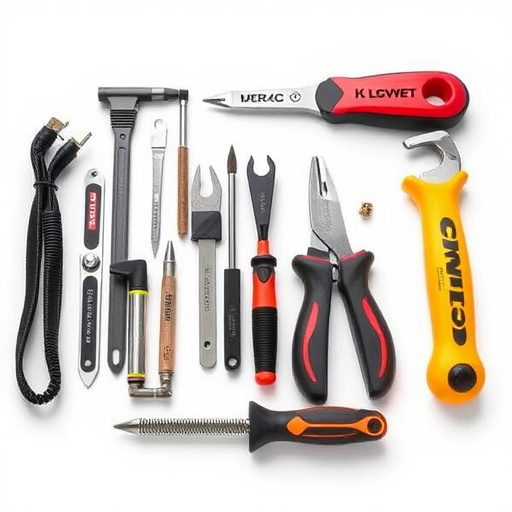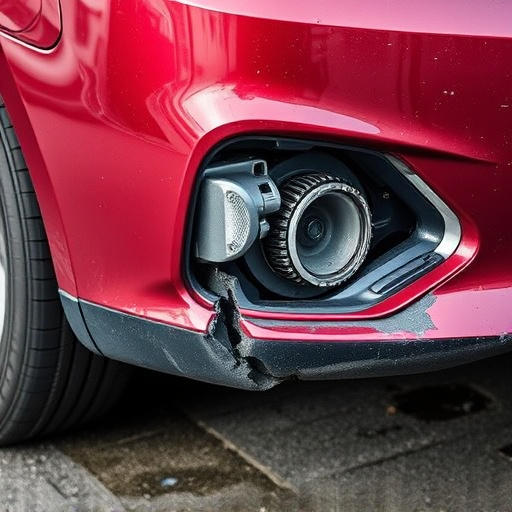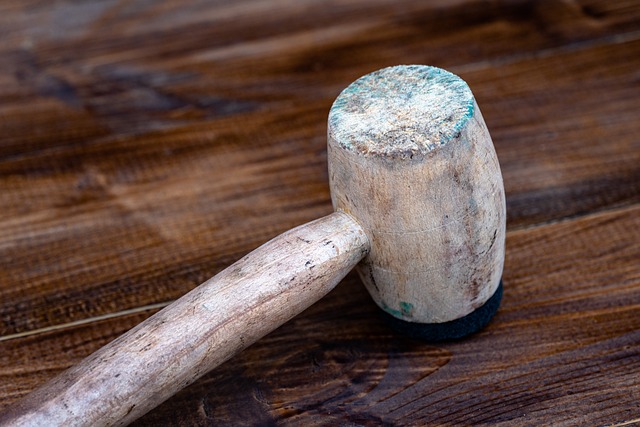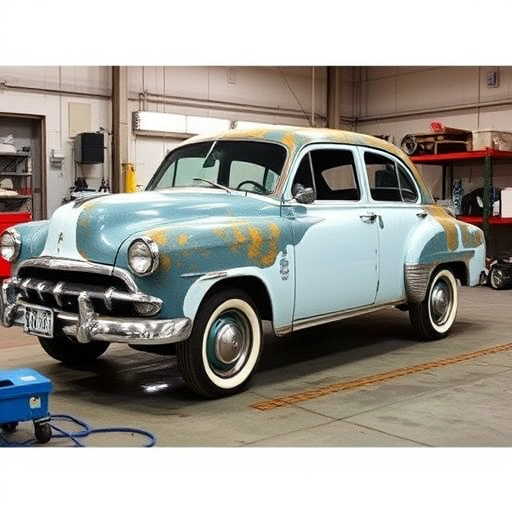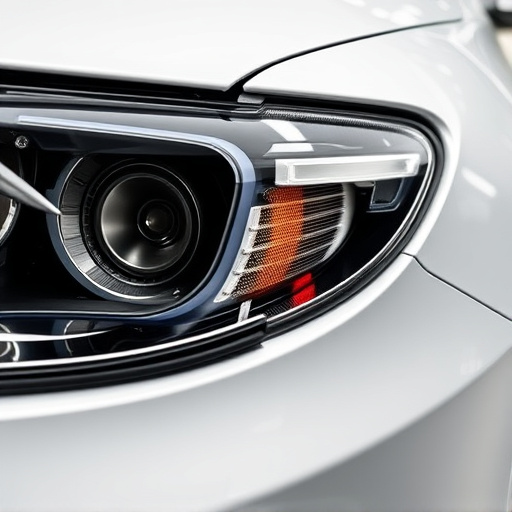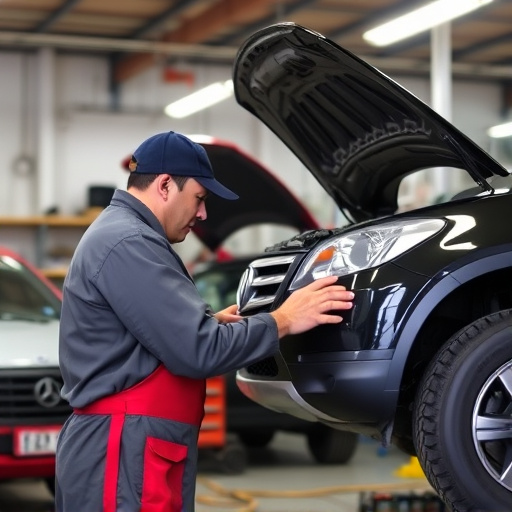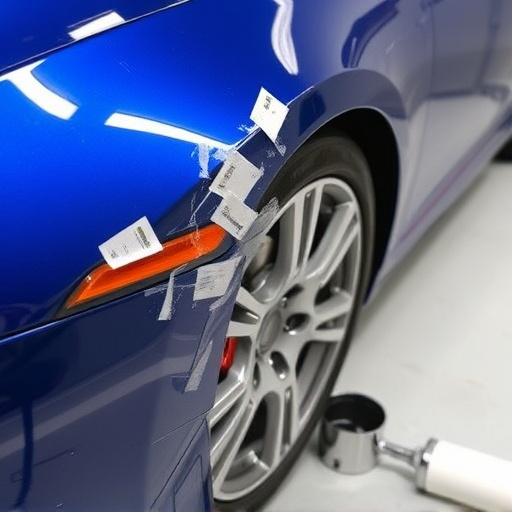Understanding OEM repair procedures offers access to detailed guidelines for vehicle restoration, emphasizing quality and precision. Aftermarket options provide cost-effective solutions with flexibility in customization but may lack standardization. Comparing these approaches reveals trade-offs between cost, speed, and vehicle quality, crucial for collision centers balancing performance expectations.
In the realm of vehicle maintenance, understanding the nuances between Original Equipment Manufacturer (OEM) and aftermarket repair procedures is paramount. This article delves into these distinct approaches, offering a comprehensive guide for car owners. We explore the ins and outs of OEM repairs, where authenticity and precision reign supreme. Conversely, we uncover the diverse options in aftermarket access, catering to varied budgets and needs. By weighing benefits and drawbacks, readers can make informed decisions, ensuring their vehicles receive the best care tailored to their unique circumstances.
- Understanding OEM Repair Procedures
- Exploring Aftermarket Access Options
- Comparing Benefits and Drawbacks
Understanding OEM Repair Procedures
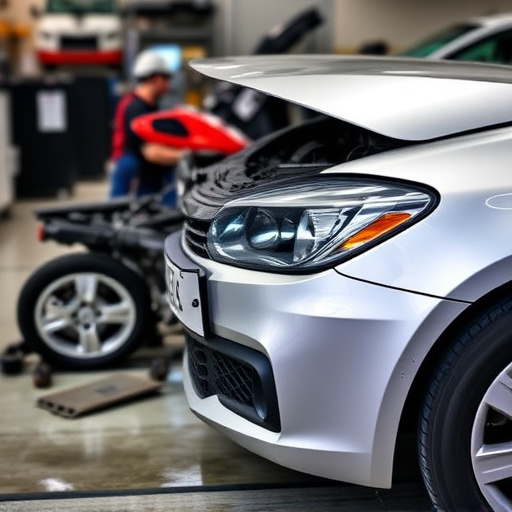
Understanding OEM Repair Procedures involves grasping the meticulous process designed by original equipment manufacturers (OEMs) for repairing vehicles. These procedures are comprehensive, encompassing every aspect from disassembly to reassembly, ensuring the vehicle returns to its original specifications. They detail specific tools, techniques, and materials required, often emphasizing quality and precision to maintain the integrity of the vehicle’s structural elements, such as the chassis, engine, and transmission.
OEM repair access provides a structured framework for auto body repairs, including paintless dent repair techniques for minor damage. This method prioritizes not only structural restoration but also cosmetic enhancement, ensuring vehicles not only drive safely but also retain their aesthetic appeal. By adhering to OEM guidelines, professionals can offer comprehensive solutions, catering to both functional and visual aspects of vehicle bodywork.
Exploring Aftermarket Access Options
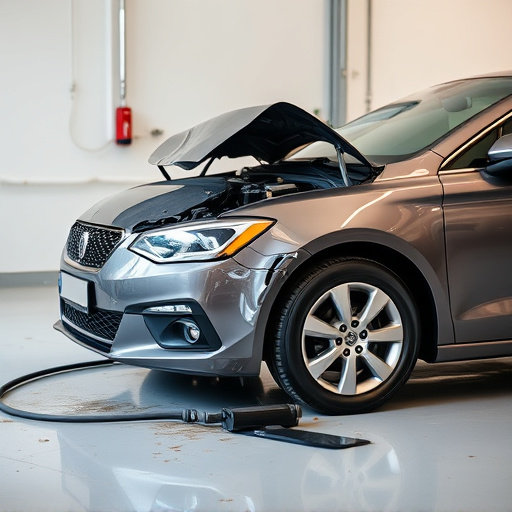
When it comes to vehicle maintenance and repair, understanding the distinction between OEM (Original Equipment Manufacturer) access and aftermarket options is essential. Aftermarket access refers to third-party suppliers who offer replacement parts, tools, and repair procedures for vehicles. These alternatives can be particularly appealing for those seeking cost-effective solutions without compromising on quality. From specialized car scratch repairs to comprehensive collision damage fixes, aftermarket providers cater to a wide range of needs.
Aftermarket options provide flexibility in terms of choice and customization. For instance, if you’re looking to restore your vehicle’s sleek finish with precise vehicle paint repair, aftermarket stores often have an extensive selection of paints and tools tailored for different car models. Similarly, for minor cosmetic issues like car scratches, these providers offer quick-turnaround services, ensuring your vehicle regains its original appeal without following the stringent procedures of OEM repairs.
Comparing Benefits and Drawbacks

When comparing OEM (Original Equipment Manufacturer) repair procedure access to aftermarket options for auto body services at a collision repair center, each has its unique set of benefits and drawbacks. Using OEM parts and procedures ensures that repairs are done with manufacturer-specific guidelines, potentially maintaining the vehicle’s original quality and performance. This meticulous approach can be advantageous for precision and long-term reliability, especially for complex repairs. However, OEM parts often come at a premium, making them less accessible or affordable for budget-conscious individuals.
Aftermarket repair procedures offer a more cost-effective alternative, with replacement parts sourced from third-party manufacturers. This option is particularly appealing for those seeking quicker turnaround times and lower labor costs associated with collision repair. Aftermarket parts can also provide an opportunity to upgrade specific components beyond the manufacturer’s specifications. Yet, the potential drawback lies in the lack of standardization, as aftermarket parts may not always fit perfectly or perform at the same level as OEM parts, potentially impacting the overall quality of auto body services rendered by the collision repair center.
When deciding between an OEM (Original Equipment Manufacturer) and aftermarket repair, understanding the differences in access to procedures is key. While OEM repairs offer factory-specific guidance and often come with warranty support, aftermarkets provide a wider range of choices and sometimes lower costs. Aftermarket access can be beneficial for specialized or rare vehicles, offering unique solutions not available from manufacturers. However, it’s crucial to weigh potential drawbacks like compatibility issues and limited technical support. Ultimately, the choice depends on individual needs, vehicle type, and the desired level of repair assurance.


